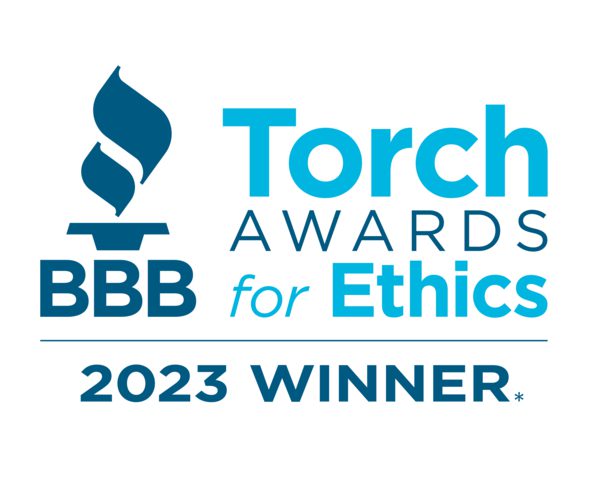Dr. Martin Luther King Jr., an indelible presence in American Civil Rights Activism, demonstrated a deep understanding of the injustices faced not only by Black Americans but also by all marginalized communities across the nation. Collaborating with other influential Black activists, Dr. King pinpointed critical areas in society where systemic issues impeded the full participation of marginalized community members. One paramount civil rights issue highlighted by the Reverend was the crucial aspect of public transportation access in community life.
“Public Transportation—buses, subways, trains, and more—are a genuine civil rights issue.” -Reverend Dr. Martin Luther King Jr.
The Black Civil Rights Movement of the 1950’s and the Disability Rights Movement of the 1960’s
Both the Black Civil Rights Movement of the 1950’s and the Disability Rights Movement of the 1960’s followed a similar pattern of challenging negative attitudes and stereotypes, rallying for political and institutional change, and lobbying for self-determination of a minority community.1 In addition, both movements focused heavily on advocacy efforts to increase access to public transportation. Reverend Dr. Martin Luther King Jr. was among the first civil rights activist to acknowledge public transportation access and equity as a vital, crucial, and genuine civil rights issue for many marginalized communities.
This is not to say that the Black Civil Rights Movement of the 1950’s did not have significant differences from the Disability Rights Movement of the 1960’s, as both groups faced unique systemic issues specific to their respective communities. Rather, this blog is meant to honor the legacy of Reverend Dr. Martin Luther King Jr. by highlighting the impact of his life’s work on access to public transportation through two major civil rights demonstrations during the 20th century.
The Montgomery Alabama Bus Boycott of 1955
Sparked by the arrest of Rosa Parks on December 1st, 1955, at 26 years old Reverend Dr. Martin Luther King Jr. lead the Montgomery Alabama Bus Boycott.2 The Civil Rights Demonstration lasted 13 months and ended with the U.S Supreme Court Ruling that segregation on public buses is unconstitutional.3 This boycott is regarded as the first large-scale U.S. demonstration against segregation, and the issues surrounding access to transit that Dr. Martin Luther King Jr advocated for inspired other marginalized communities to also take action.
The Denver Bus Protests of 1978
In July 1978, a gathering of 19 people from the Atlantis/ADAPT Community staged a protest in downtown Denver, specifically at the Broadway and Colfax intersection.4 Their demonstration aimed to address the absence of wheelchair accessibility on RTD buses.5 Dubbed the “Gang of 19,” these disability activists disrupted traffic, vocalizing their demand by chanting “We will ride!” The city and RTD eventually yielded to their cause, agreeing to make buses accessible for individuals using wheelchairs.6
Though Reverend Dr. Martin Luther King Jr. was not a physical part of this demonstration, Individuals with disabilities in America have long sympathized with his messages of equity and inclusivity and continue to advocate for public transportation access for ALL people.
The Current State of Public Transportation in America
It has long been recognized that public transit is key to the civil rights and independence of people with disabilities. For many, it is impossible to reliably get to employment, education, medical care, and socialization without a strong, multi-modal public transit system. Today, many of the civil rights issues concerning access to transportation are due to underfunded systems that result in constraints in location, accessibility, cost, and overall availability. Consequently, individuals with disabilities encounter significant difficulties accessing public transit, resulting in isolation, adverse health effects, and obstacles to participating in essential aspects of community life.
The work of Reverend Dr. Martin Luther King Jr. continues to be integrated in the missions of new civil rights movements because it ultimately showed that well-organized, grassroots demonstrations did and could work to make political and institutional change. The disability community has immense gratitude for the precedent Dr. Martin Luther King Jr. set and continues to work toward the world he imagined; the world he dreamed.
- A Brief History of the Disability Rights Movement . ADL. (n.d.). https://www.adl.org/resources/backgrounder/brief-history-disability-rights-movement#:~:text=The%20struggle%20for%20disability%20rights,determination%20of%20a%20minority%20community. ↩︎
- Montgomery Bus Boycott. The Martin Luther King, Jr. Research and Education Institute. (n.d.). https://kinginstitute.stanford.edu/montgomery-bus-boycott ↩︎
- Montgomery Bus Boycott. The Martin Luther King, Jr. Research and Education Institute. (n.d.). https://kinginstitute.stanford.edu/montgomery-bus-boycott ↩︎
- Cooke, K. (2022, July 1). We will ride: 44 years after the “gang of 19” protests. RMPBS. https://www.rmpbs.org/blogs/rocky-mountain-pbs/gang-of-19-43-year-anniversary/ ↩︎
- Cooke, K. (2022, July 1). We will ride: 44 years after the “gang of 19” protests. RMPBS. https://www.rmpbs.org/blogs/rocky-mountain-pbs/gang-of-19-43-year-anniversary/ ↩︎
- Cooke, K. (2022, July 1). We will ride: 44 years after the “gang of 19” protests. RMPBS. https://www.rmpbs.org/blogs/rocky-mountain-pbs/gang-of-19-43-year-anniversary/ ↩︎


